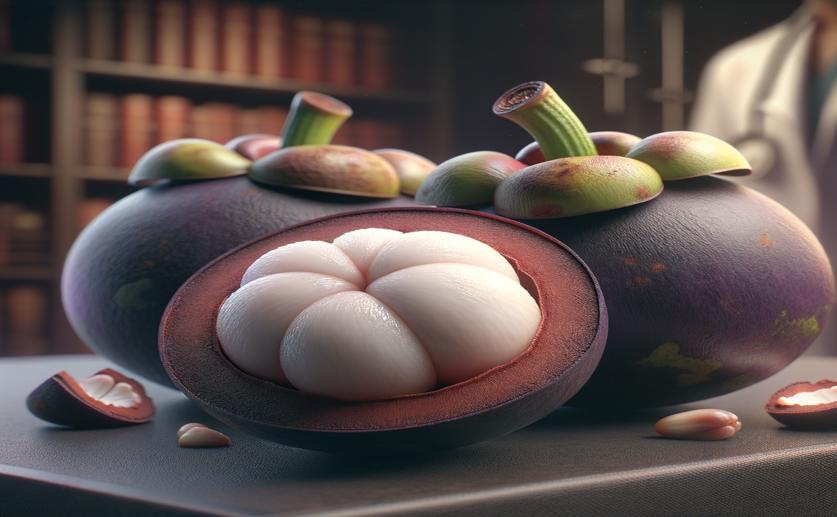
Key Findings on Alpha Mangostin Breakdown from Mangosteen Studies
Jenn Hoskins
22nd July, 2024

Image Source: Natural Science News, 2024
Key Findings
- The study by SAVA Healthcare Limited examined the stability of alpha-mangostin (AM) under various environmental conditions
- Only exposure to acidic conditions significantly degraded AM, forming degraded alpha-mangostin (DAM)
- The degradation affected the prenyl groups at C2 and C8, which are crucial for AM's antibacterial activity
References
Main Study
1) Insights from degradation studies of alpha mangostin from Garcinia mangostana: key findings.
Published 21st July, 2024
https://doi.org/10.1080/14786419.2024.2378201
Related Studies
2) Design, synthesis and structure-activity relationships of mangostin analogs as cytotoxic agents.
3) Prenylated xanthones from mangosteen as promising cholinesterase inhibitors and their molecular docking studies.
4) Extraction of Flavonoids From Natural Sources Using Modern Techniques.



 22nd May, 2024 | Jenn Hoskins
22nd May, 2024 | Jenn Hoskins